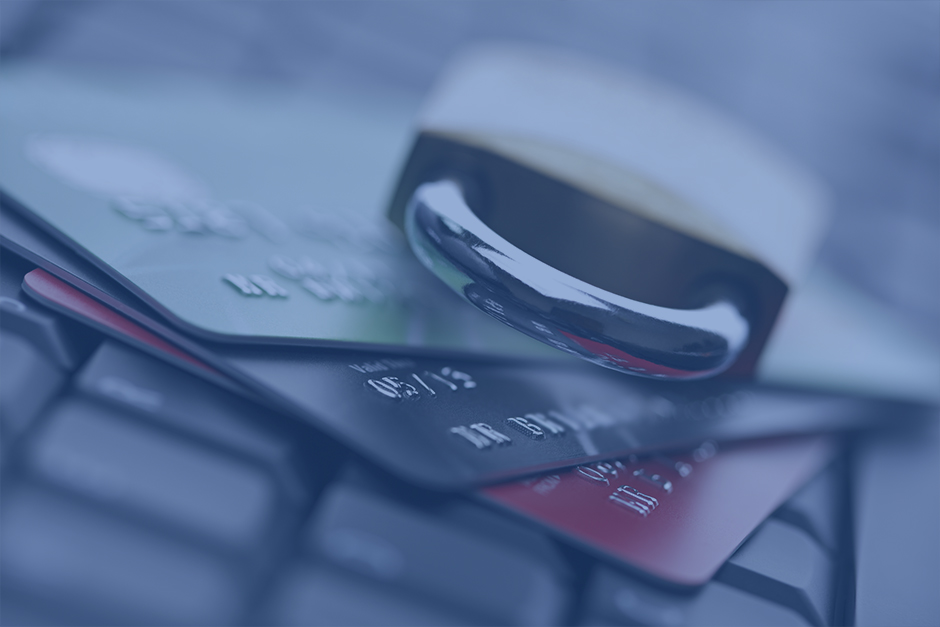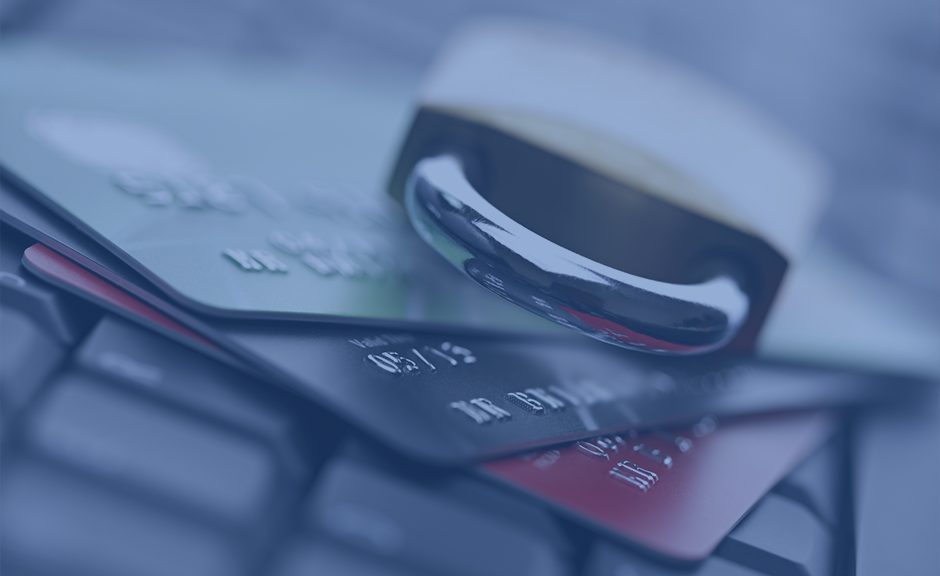
Whether you usually use a personal or corporate credit card, anyone can be the victim of a data breach. Criminals can easily use a phishing attack to take your card number, PIN and even the security code on the back of your card. What’s worse is that they’re so quick! By the time you’ve discovered the theft, it will be too late. Even if your company quickly cancels the card, you will already have some serious problems… the thief will have already spent your hard earned cash.
These kind of attacks happen more often than you think. In the first half of 2016 there were more than a million cases of financial fraud with the objective of robbing credit card data. This statistic is worrisome, without a doubt, especially considering that this number doubled the results from 2015.
This is where Motion Code steps in. This new technology was developed by the French company Oberthur and will revolutionize the way we make purchases. Its goal is pretty simple: to preserve your security by changing the security code on the back of your credit card, constantly.
How will they do this exactly? Well, unlike the cards we use now that have a tiny rectangle on the back with three secret numbers, Oberthur has proposed a solution: they want to substitute this rectangle with a small screen that changes the numbers every hour. At first glance, the credit cards are exactly the same, but instead of the security code changing every three years, the numbers change every hour.
This means that the cybercriminal won’t be able to steal a dime: by the time a phishing attack is completed and the data is stolen, the screen will have changed and the whole scheme will be a complete waste of time for the criminal.
It may be inconvenient for your employees to use these cards because they will no longer be able to memorize the security code on the back. But really, who cares? They will have to check the security code every time they use it, but this smallest effort could also bring them the most security benefits in your company.
The post The Antifraud Card of the Future! appeared first on Panda Security Mediacenter.


